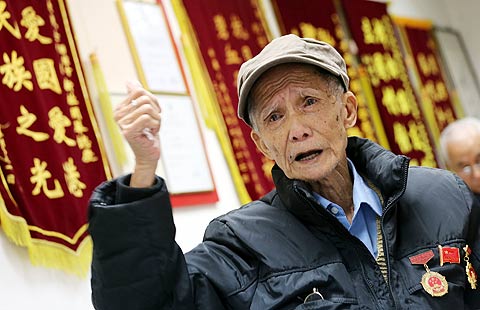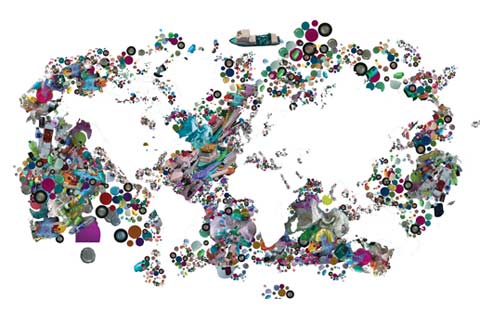N China province fights groundwater overexploitation
Updated: 2014-06-06 21:48
(Xinhua)
|
|||||||||||
SHIJIAZHUANG - Hebei province in northern China has launched a campaign against groundwater overexploitation, the provincial government said Friday.
According to the campaign launched Wednesday, the province will reduce cultivation of water-intensive wheat and turn to corn, cotton, peanuts and other crops that consume less water, said provincial governor Zhang Qingwei.
Water for agricultural purposes accounts for more than 70 percent of total water consumption, and wheat cultivation uses nearly 70 percent of farming water, according to government figures.
As part of the campaign, the government will speed up construction of water-saving irrigation projects and make better use of diverted water and surface water, Zhang said.
Motor-pumped wells will be shut down gradually and a market-based water pricing system will also be established, he said.
A pilot area covering 49 overexploited counties of four prefecture-level cities has been established for the campaign. The area, 36,000 square kilometers in total, has an annual overexploited water volume of 2.7 billion cubic meters, according to government figures. Overexploited water volume refers to the difference between aquifer water consumption and recharge.
China's northern region has long suffered from water shortages, leading to groundwater overexploitation, especially in Hebei Province, a major drinking water supplier for neighboring Beijing. The geology report for the province in 2012 showed that 26 areas had funnel-shaped aquifer water surfaces caused by overexploitation.
To fight the situation, the central and provincial governments have allocated 6.3 billion yuan (1 billion U.S. dollars) and 1.15 billion yuan respectively for a groundwater overexploitation control campaign.
According to provincial medium and long-term plans for groundwater overexploitation control passed from 2014 to 2020, groundwater consumption and recharge will be balanced by 2020.
Today's Top News
Vets flock to Normandy to remember D-Day
G7 'deeply concerned' about S China Sea tensions
Ukraine tightens control on border
Silk Road offers Sino-Arab blueprint
Clinton 'loves to see' female leader
US says to work with Egypt's president-elect
Oversight of military firms on rise in China
Abbott aiming to mend ties with Jakarta
Hot Topics
Lunar probe , China growth forecasts, Emission rules get tougher, China seen through 'colored lens', International board,
Editor's Picks

|

|

|

|

|

|





